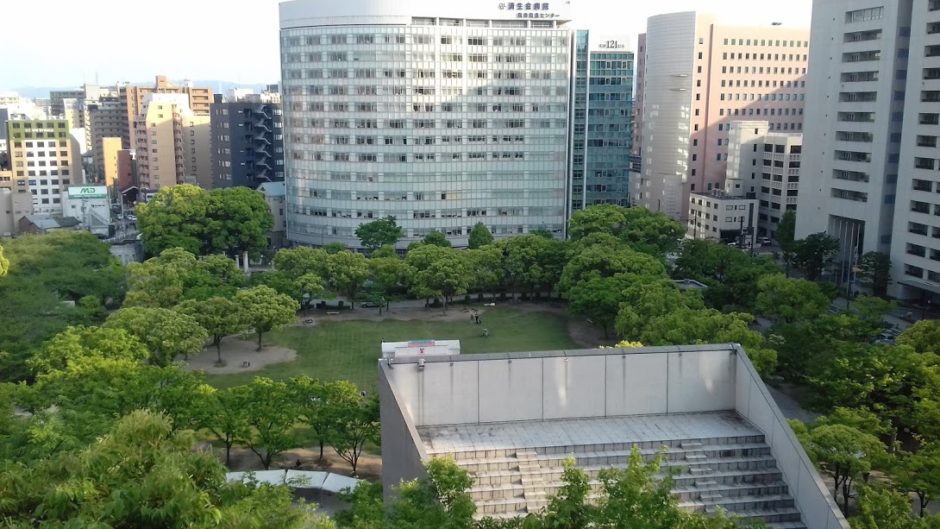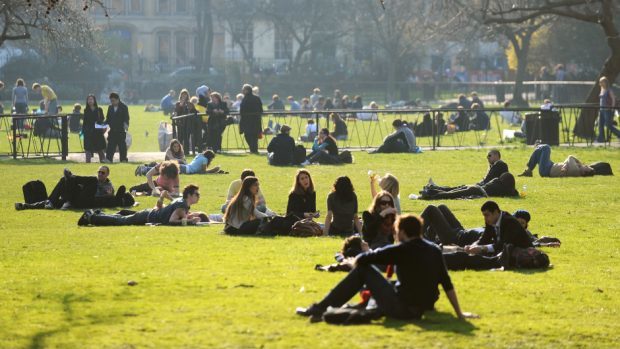Hotter summers, harder rain and more hail and snow in winter
This was the take-home message from a recent event in Edinburgh where the Met Office outlined their latest climate projections for Scotland over the coming years and decades.
It is what we can expect to experience as the climate responds to past, present and future inputs from human activity.
It is tempting to think of this purely as a ‘hard science’ issue, but underneath the numbers, graphs and maps, every interpretation of the data, every assessment of the risks, and every decision about what we should do in response, involves people.
That’s where folk like me and my colleagues come in.
I’m an environmental social scientist and this means looking into how we, as a society, can make the best decisions possible in response to the environmental challenges which lie ahead.
In some cases these environmental challenges are already upon us.
I’m interested in how we can develop processes and outcomes which are grounded in the underlying science, but are also respectful to the breadth of legitimate concerns and interests people might have about how environmental change will affect their lives.
 Lately, I’ve focused my attention on what we can do to adapt to climate change at the local level, in our cities and regions.
Lately, I’ve focused my attention on what we can do to adapt to climate change at the local level, in our cities and regions.
When I say adapting to climate change, what I mean is the things we can do to reduce the negative effects from changes in the environment.
These negative effects may even still arise as we work hard to reduce our carbon dioxide emissions.
Globally, more and more of us are living in urbanised areas, and it’s at the local level that we really turn the talk about climate change into action, through planning, construction, and environmental management.
But as we go from rhetoric to reality, we need to ensure our interventions bring benefits, first and foremost, to the most disadvantaged members of our society.
From all over the world, there is good evidence to show that people with lower incomes, less access to education, and marginal social status will be hit first and hardest by changes in the environment, and will have the least capability to respond.
Take the green spaces within our cities. Environmental science tells us that parks, trees and gardens can soak up rainfall, reduce heat island effects and maintain air quality.
Yet there is also a concern that if we don’t keep in mind the objective of reducing harm to the most vulnerable, all of this tree planting and park maintenance could be focused on affluent neighbourhoods – or, worse still, drive up property prices and force out the people it is primarily intended to benefit.
In response, through a project funded by the Royal Society of Edinburgh and Taiwan’s Ministry of Science and Technology, myself and colleagues from Ming-Chuan University in Taiwan have been looking at what can be done to ensure green spaces are managed fairly to adapt to climate change in Glasgow and Taipei.
So far, what we’ve found is that by using available socio-economic data to identify areas which may be most susceptible to harm, and by involving communities themselves in the planning process, there is a much greater chance that climate adaptation actions through green space can take root in the communities which need them the most.
Imagining an appropriate response to climate change at the local level also needs a lot of expert knowledge. This requires us to bring together people with different backgrounds and types of expertise in a way that maybe hasn’t been done before.
This is why I’m also interested in how universities and research institutes can become a force for good in helping their local cities and communities adapt to a changing climate.
To see what Scotland can learn, I’ve recently been looking to another coastal city – Fukuoka in Japan – to understand the factors that have led to effective collaboration between the city’s academics and local government on managing environmental change.
What helps in Fukuoka is that the local universities have a long history of researching environmental issues, starting well before climate change became an issue.
Moreover, with many of Fukuoka’s professors being born, raised and educated in the city, they have a personal interest in using their skills to make their hometown more resilient.
Aberdeen too is doing well in this sense. Academics from both the University of Aberdeen and Robert Gordon University have supported Aberdeen City Council to prepare its ‘Aberdeen Adapts’ action plan, and you’ll regularly find people from our universities, and also places like the James Hutton Institute, engaging with the citizens of Aberdeen on environmental issues.
Even setting the climate change arguments aside, there are plenty other reasons to undertake the actions associated with adaptation in cities.
Green spaces benefit our physical and mental health, involvement in decision-making can help to bring communities together, and understanding the environment can help us tackle other problems such as waste and pollution which affect our daily lives in more immediate ways.
By working together and with wider society, natural scientists and scholars from the arts, humanities and social sciences can strive towards outcomes for environmental change that are both scientifically appropriate and socially acceptable.
Dr Leslie Mabon is a Reader in Environment and Society in the School of Applied Social Studies at Robert Gordon University. You can read more about his research into climate change adaptation in cities at urbangreenadaptationdiary.wordpress.com, or on Twitter @ljmabon.










